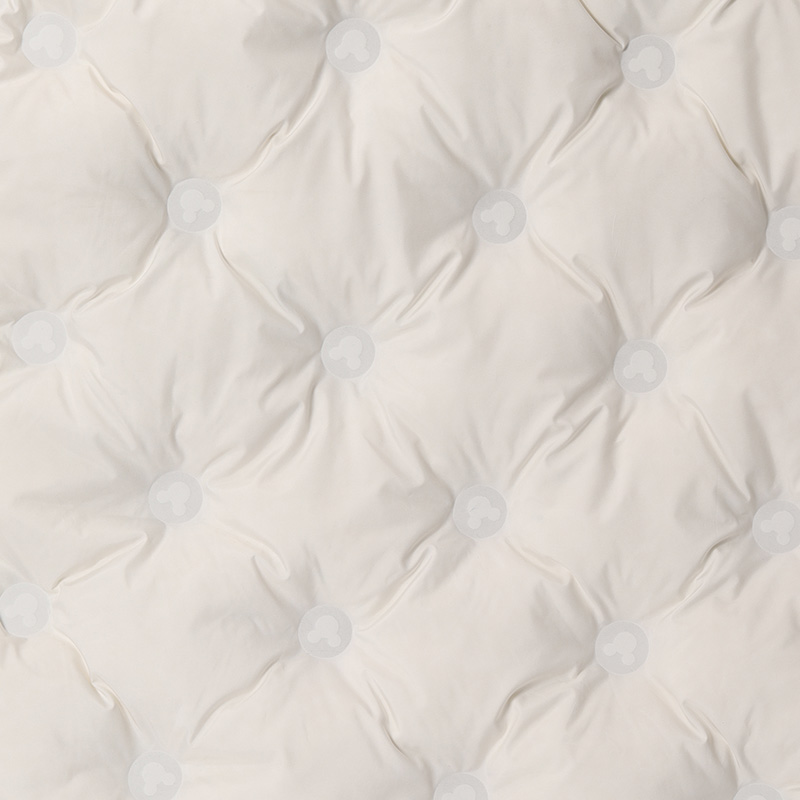In the ever-evolving world of fashion and functional textiles, 3D channel down sports jacket fabrics have emerged as a game-changer, captivating both designers and consumers alike. These innovative materials are not just another trend—they’re a testament to how technology and creativity can come together to meet the demands of modern lifestyles. From bustling urban streets to rugged mountain trails, the global demand for high-performance outerwear is skyrocketing, and these fabrics are at the forefront of this movement. But what exactly makes them so appealing across different regions, and how are brands leveraging their unique properties to win over niche markets? Let’s explore.
When we talk about geographic markets, it’s clear that certain regions are driving the popularity of these advanced textiles. For instance, colder climates like Northern Europe, Canada, and parts of Asia show an insatiable appetite for jackets made from 3D channel down sports jacket fabrics , thanks to their exceptional warmth retention and weather-resistant properties. In these areas, where winters can be brutal, consumers prioritize functionality above all else. However, it’s not just about staying warm—people want garments that look good too. The sleek, modern aesthetic of these fabrics, combined with customizable features like printed patterns or embroidered logos, allows brands to cater to diverse tastes while maintaining top-tier performance. Meanwhile, in milder climates, such as parts of Australia or Southern Europe, the lightweight and breathable nature of these materials appeals to those seeking versatile pieces for transitional seasons. This adaptability ensures that no matter where you are, there’s a market ready to embrace these cutting-edge fabrics.
Consumer preferences also play a significant role in shaping the success of 3D channel down sports jacket fabrics . Today’s buyers aren’t just looking for something that works—they want products that align with their values and lifestyles. Lightweight, packable outerwear has become a staple for travelers, outdoor enthusiasts, and even urban commuters who need gear that’s easy to carry and store. Imagine tossing a compact, stylish jacket into your backpack before heading out for a day of hiking or commuting through unpredictable city weather. That convenience factor is a major selling point, especially for younger generations who value practicality without sacrificing aesthetics. Moreover, the rise of athleisure culture has further fueled demand for sporty yet sophisticated designs. Brands are capitalizing on this trend by creating collections that blur the line between activewear and everyday fashion, making these fabrics a go-to choice for designers aiming to capture the zeitgeist.

But what about branding strategies? How do companies stand out in a crowded marketplace saturated with options? One powerful approach lies in customization. The ability to personalize 3D channel down sports jacket fabrics opens up endless possibilities for differentiation. For example, luxury outdoor apparel brands might opt for subtle, minimalist logos heat-pressed onto the fabric to maintain an understated elegance, while children’s activewear lines could feature bold, playful prints that resonate with younger audiences. Digital printing technologies have made it easier than ever to achieve intricate designs without compromising the fabric’s functional integrity. This flexibility allows manufacturers to target specific demographics with precision, whether they’re crafting high-end pieces for discerning customers or affordable, trendy items for mass-market appeal. By combining customization with the inherent benefits of these fabrics—like waterproofing, windproofing, and thermal efficiency—brands can create products that feel tailor-made for their audience.
Of course, none of this would be possible without the fabric’s technical prowess. The multi-layered lamination process, which often includes three, four, or even five layers, ensures that these materials deliver on their promises of durability and performance. Add to that the innovative 3D channel design, which eliminates the need for traditional quilting, and you’ve got a recipe for success that resonates globally. Whether it’s a chic women’s parka designed for snowy cityscapes or a rugged men’s jacket built for alpine adventures, the versatility of these fabrics knows no bounds. And let’s not forget the growing emphasis on sustainability—recycled polyester variants and eco-friendly coatings are helping brands appeal to environmentally conscious consumers without skimping on quality.


 English
English CN
CN













